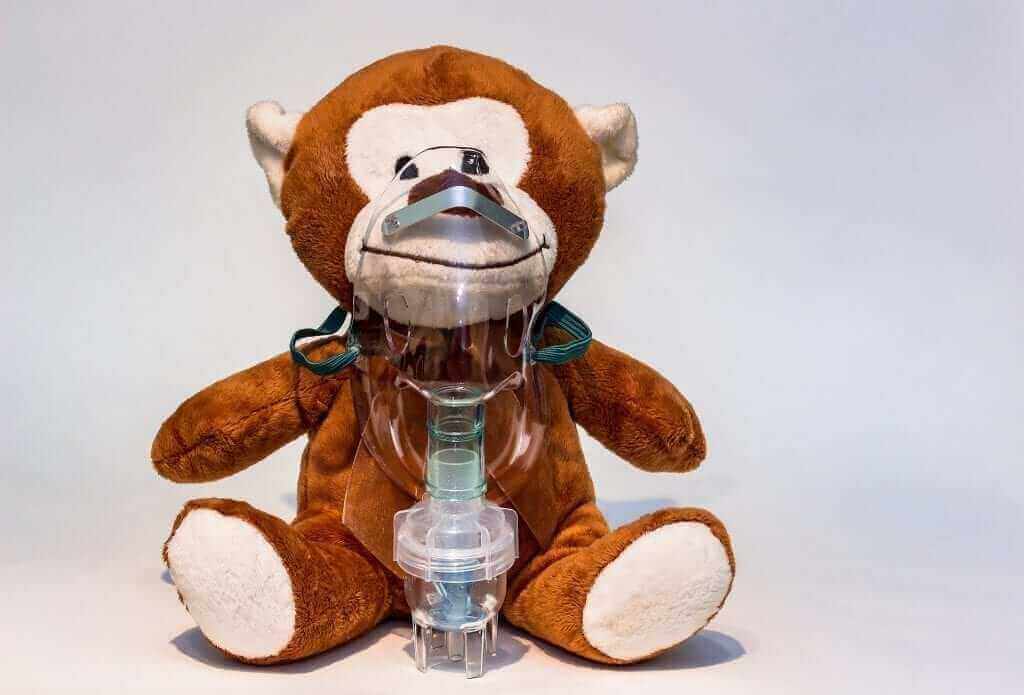
How to give an inhalation to a child?
First of all, the question is why…
I recommend, before reading this post, to read the important and basic post “inhalations or inhalers – a guide for beginners“, where I wrote – “…there is a true advantage in every medical indication to use inhalers over inhalation…”
So, If your giving inhalations just because you have an inhalation device at home (and no spacer suitable for inhalers), after discussing it with your physician, so be it. But if you bought a new device, know that it is redundant.
But never mind that – let’s remember how to do it anyway.
What are the doses for inhalations in children?
Off course the dosages will depend on the specific recommendation of your physician, but in most cases the dosages will be like so:
Bricalin/Ventolin/Terbulin: in children over 6 months – 0.5 ml, in children younger than 6 months – 0.3 ml.
Budesonide (Budicort or Budecort):Budesonide might come in two forms (called respules), in two different concentrations. A lower dose of 2 ml = 0.5 mg, and a high dose of 2 ml = 1 mg. I recommend using the high concentration. In the inhalation device you usually put 1 ml of Budicort (in the concertation recommended by your physician). I hereby call out for “AstraZeneca”, the manufacturer of this popular medication to manufacture it in little vials of 1 ml (in different concentrations) and lower its price accordingly. On the other hand, on the consumer pamphlet, is it specified that the respules can be kept open for 12 hours, so can be used again for the next inhalation. Read more about it in this post.
Saline: 0.5 ml.
Overall there should be 2 ml in the inhalation device before starting the treatment.
In children younger than 6 months, you should lower the dose of Bricalin/Ventolin/Terbulin to 0.3 ml. In that case you can up the saline to 0.7 ml to complete the solution to a total of 2 ml.
At the end of each treatment you should let the child drink a little water (or formula) to wash the rest of the steroids from the mouth, and prevent the development of oral Candida.
For comments and questions, please register
